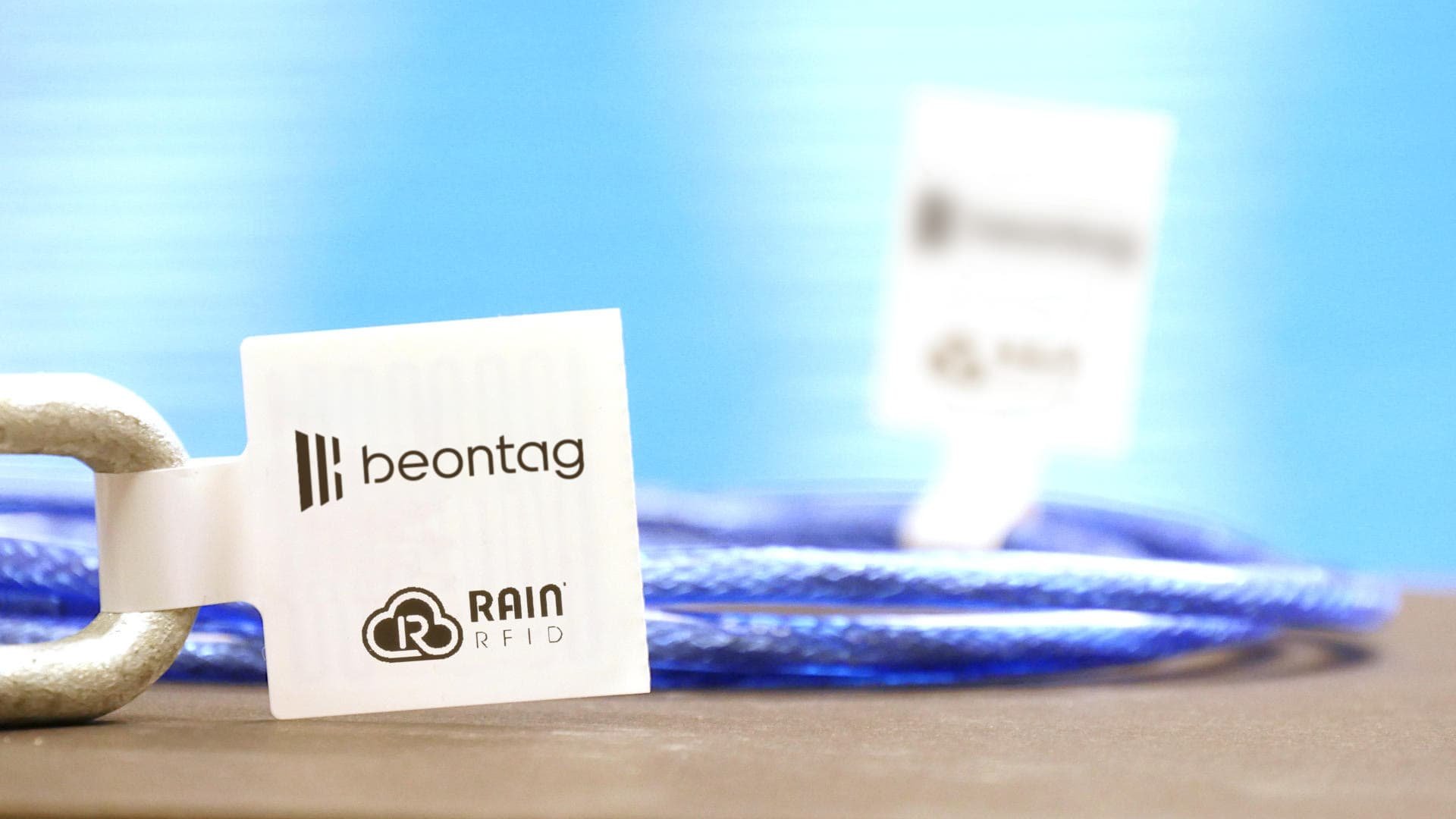
What Is RAIN RFID? How It Works, Key Benefits, and Use Cases
Stay up to date, subscribe to our newsletter!
SubscribeDirect thermal uses heat-sensitive paper without a ribbon, while thermal transfer uses a ribbon for longer-lasting prints — learn more about their key differences here.

Direct thermal and thermal transfer printers both create images by applying heat, but the difference between them lies in how the heat interacts with the media. Understanding this distinction is essential for choosing the right printing method.
Many businesses struggle with fading labels, ribbon choices, or cost efficiency. Direct thermal labels fade quickly under heat or light, while thermal transfer labels are durable but require ribbons. These concerns drive the need for clarity.
This guide explains each technology, shows the difference between direct thermal and thermal transfer, and helps you decide which fits your needs. Plus, you’ll know how Beontag products can help. Keep reading to find the best solution for your labeling challenges.
Direct thermal printing uses specially coated paper that darkens when heat is applied by the printhead. No ribbon, ink, or toner is used. This method is straightforward: feed the thermal paper rolls into the printer, heat the printhead, and the image is created instantly as the paper passes under the heat elements.
This method is common in point-of-sale receipts, shipping labels, and tickets—any application where the label is meant to be used temporarily and does not require extended durability. Check out our full portfolio of products with Direct Thermal Paper.
This method is particularly well-suited for short-life applications such as shipping labels, event tickets, and perishable goods labeling, where the label's lifetime does not exceed a few days or weeks. Check out 3 main benefits that Direct Thermal Paper offers:
Despite its convenience, direct thermal printing has critical limitations, like the limited variety of compatible media. This limits the versatility of the system and reduces its application in industries requiring long-term traceability or outdoor durability. Check out other direct thermal limits:
In summary, direct thermal is a low-cost, low-maintenance choice — but not reliable for long-term or harsh-condition labeling.

Thermal transfer printing uses a ribbon coated with wax, resin, or a mix of both. The printhead heats the ribbon so that the ink transfers onto the base media. This method produces durable and high-quality images.
You load both ribbon and label stock into the printer. As you print, the ribbon moves in sync with the label—the melted ink bonds to the surface, creating a crisp image.
Thermal transfer is widely used in product labeling, asset tracking, laboratory sample identification, and any other application where durability and readability over time are essential.
The biggest difference between direct thermal and thermal transfer is that it benefits long-term applications. Additionally, the use of different ribbon formulations enhances resistance to scratches, smudges, and chemicals. Know 3 clear strengths:
While it provides superior performance, thermal transfer printing has higher upfront and ongoing costs. Users must purchase and manage ribbons, which adds complexity and waste. Check out some other drawbacks:
Want to see other applications? Check our Case with Thermal Label for Różak Etykiety and Lucre.
While both methods use heat to create images, their processes and results differ significantly. The most obvious difference is material use—direct thermal uses chemically coated paper, while thermal transfer requires a ribbon and compatible media.
In terms of durability, thermal transfer labels are far more resilient. They can withstand harsh environmental conditions, whereas direct thermal labels are vulnerable to fading and damage. This means thermal transfer is better suited for long-term applications.
Print quality and versatility differ. Thermal transfer supports various substrates and produces sharper images, while direct thermal is limited to specific paper types. Finally, while direct thermal printing involves lower upfront costs and less maintenance, thermal transfer offers higher long-term value through durability and professional appearance.
| Feature | Direct Thermal | Thermal Transfer |
| Ribbon required | No | Yes (wax, resin, wax/resin) |
| Print durability | Short-term, <6 months | Long-lasting, years in harsh conditions |
| Environmental resistance | Low – sensitive to heat, light, moisture | High – UV, water, chemicals resistant |
| Media types | Heat-sensitive paper only | Wide range: paper, plastic, polyester |
| Maintenance & cost | Low supplies, less parts | Ribbon cost, proper matching required |
| Print quality | Good, but can fade and dust off | High-quality, sharp, stable |
Understanding real-world applications can help users decide between these technologies. Each method has its niche. The right choice depends on your application’s environmental demands, desired label lifespan, and budget.
Direct Thermal is best for:
Thermal Transfer is ideal for:
Choosing the right option implies that you know the difference between direct thermal and thermal transfer. Which also involves more than cost comparisons. Start by evaluating the label's purpose and expected lifespan.
Environmental exposure is another key factor. If labels will face light, heat, water, or chemicals, thermal transfer printing ensures longevity and reliability. On the other hand, direct thermal is better suited for controlled environments where such risks are minimal.
Finally, consider the required print quality and material compatibility. Thermal transfer offers superior clarity and flexibility across various substrates. While it may involve a more complex setup and higher costs, it delivers value through performance and durability.
See more applications:
Now that you understand the difference between direct thermal and thermal transfer printing, you can make more informed decisions based on your specific needs. Whether you prioritize cost-efficiency, simplicity, or long-term performance, choosing the right printing method directly impacts your operation’s effectiveness.
We offer a wide range of labeling products tailored to both technologies. Visit our catalog to discover reliable solutions or contact us now for personalized solutions.
